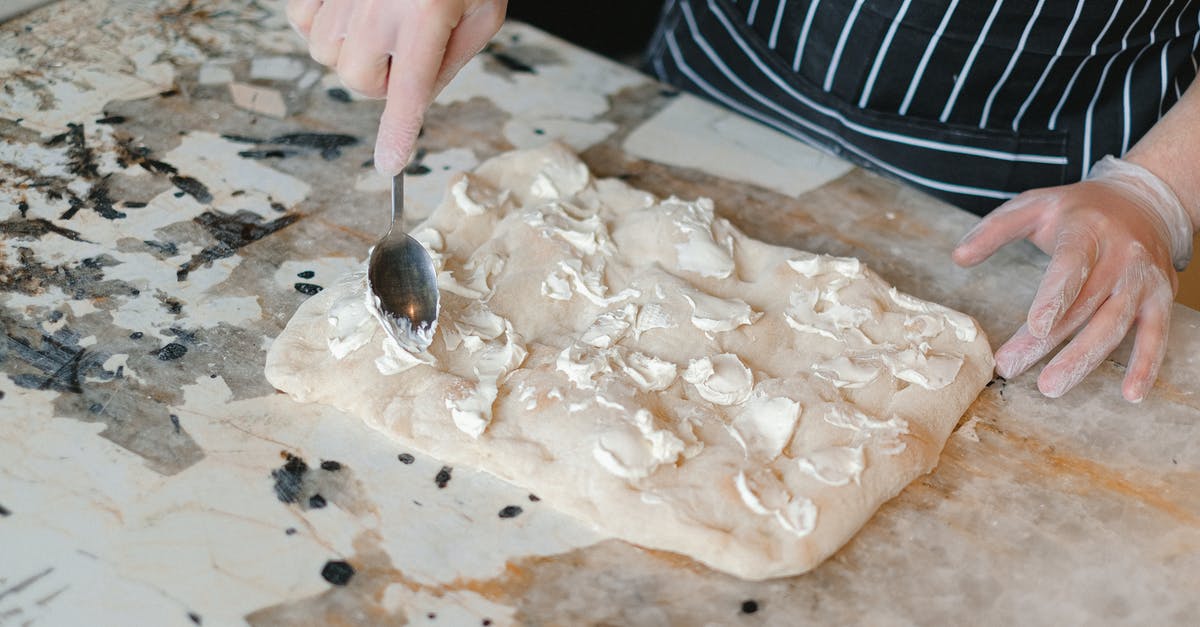Canning cheese spreads?

I've been doing some research on canning cheese in half pint jars. A few videos I watched showed some good success with cream cheese but cheddar's seem to change a bit in texture and become a bit porous after the process. My thought here was to turn the cheddar into a spreadable cheese before canning.
Looking at the FDA canning site I notice they have no recommendations for canning cheese and in fact they haven't even tried to can cream cheese. No tests at all. My question is, has anyone had success with making then canning cheese spreads? What would be the best method for making the spread so that I minimize failure and what would be some of the possible risks that might not be noticeable to the naked eye or by smelling if it did go bad?
Best Answer
Canning cheese may carry with it a risk of botulism, according to Clemson University Extension and the National Center for Home Food Preservation. Soft cheese is of particular concern.
This practice has not been scientifically validated and we cannot recommend it. Cheese and cheese milk can potentially be contaminated with Clostridium (C.) botulinum, the botulism-causing bacteria. The pH of cheese qualifies it as a low acid (pH 5.1 to 5.9) food and thus is in the canning danger range. Although uncanned hard cheeses (Asiago, Cheddar, Edam, Feta, Gouda, Parmesan) will not support growth of C. botulinum, the canning process may add available water to them. How much water is added by canning has not been tested. Increased available water may allow C. botulinum to grow and make canned hard cheeses unsafe. In addition, boiling waterbath canning processes kill the competitive “good” bacteria that help prevent the growth of C. botulinum. It is the dryness (low available water), salt content (lowers available water), acidity (produced by lactic acid bacteria) and competitive “good” bacteria that provide safety for hard cheeses; because of these factors, they can be waxed and stored for aging for years on the shelf without safety problems.
The incorrect assertion that it is possible to safely can soft cheeses such as cream cheese is of major concern. Soft cheeses are higher in available water and must be refrigerated to delay spoilage. They contain sufficient available water to support the growth of botulism-causing bacteria. A boiling waterbath canning process does not kill spores; therefore, canning soft cheese clearly raises the potential for serious health problems.
So, until more testing is done by a very reliable source, I would consider canning cheese to be unsafe. At least I wouldn't consider it to be shelf stable.
Pictures about "Canning cheese spreads?"



How do you can cheese spread?
Despite what is found on the internet, there are no science-based methods for home canning of cheeses, milk, butter or other dairy products. Clemson Extension and the National Center for Home Food Preservation do not recommend any process for canning these products.Can cheese sauce be canned?
So first, I'll show you how I canned the hard cheeses and then the Velveeta. Talk about handy. You can't believe how wonderful it is to have canned cheeses. You can shred and slice the hard cheese and the Velveeta is just as good as if it were in the box.How to Can Cheese...Even Cream Cheese!
Sources: Stack Exchange - This article follows the attribution requirements of Stack Exchange and is licensed under CC BY-SA 3.0.
Images: Karolina Grabowska, Anna Shvets, Katerina Holmes, Ron Lach
